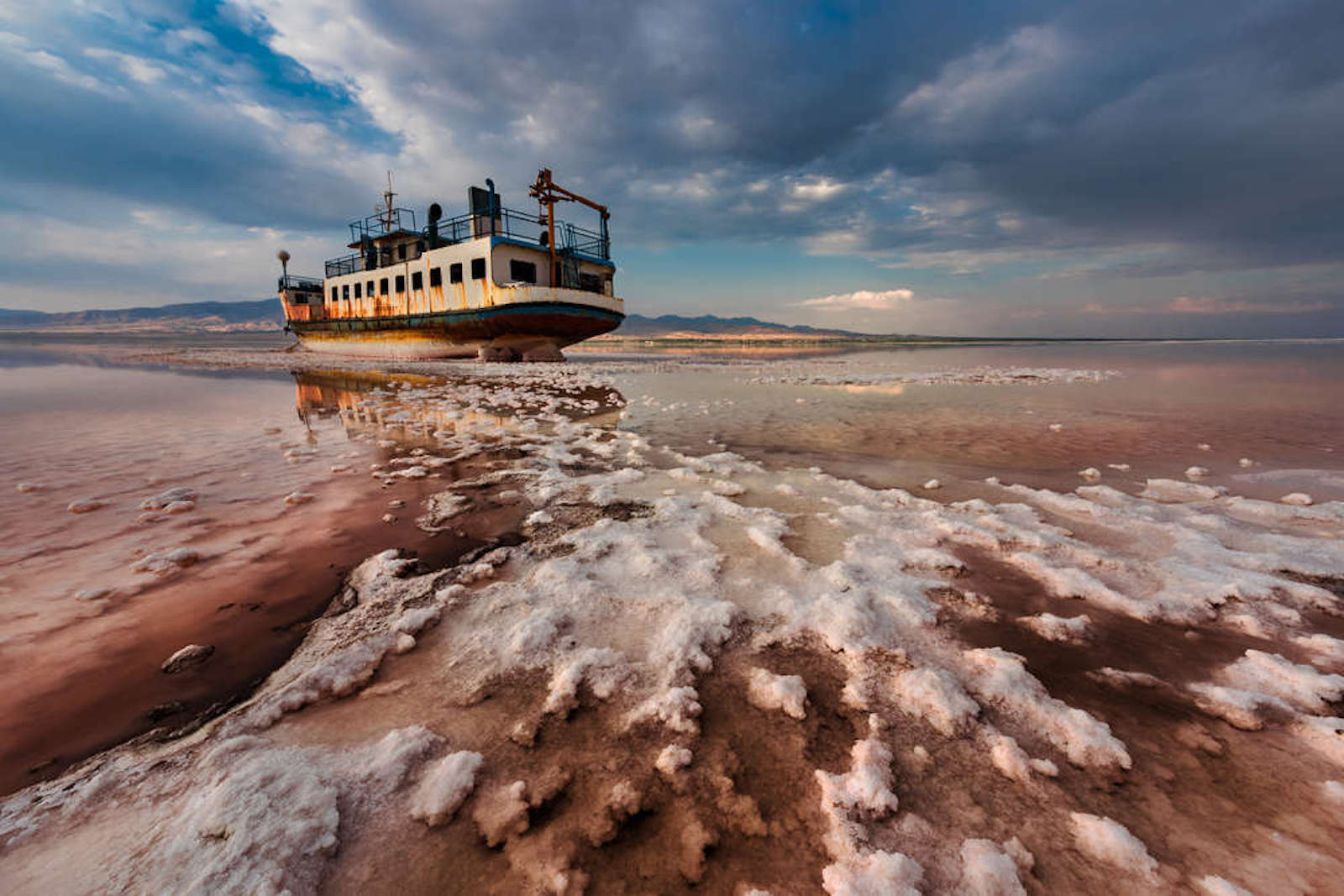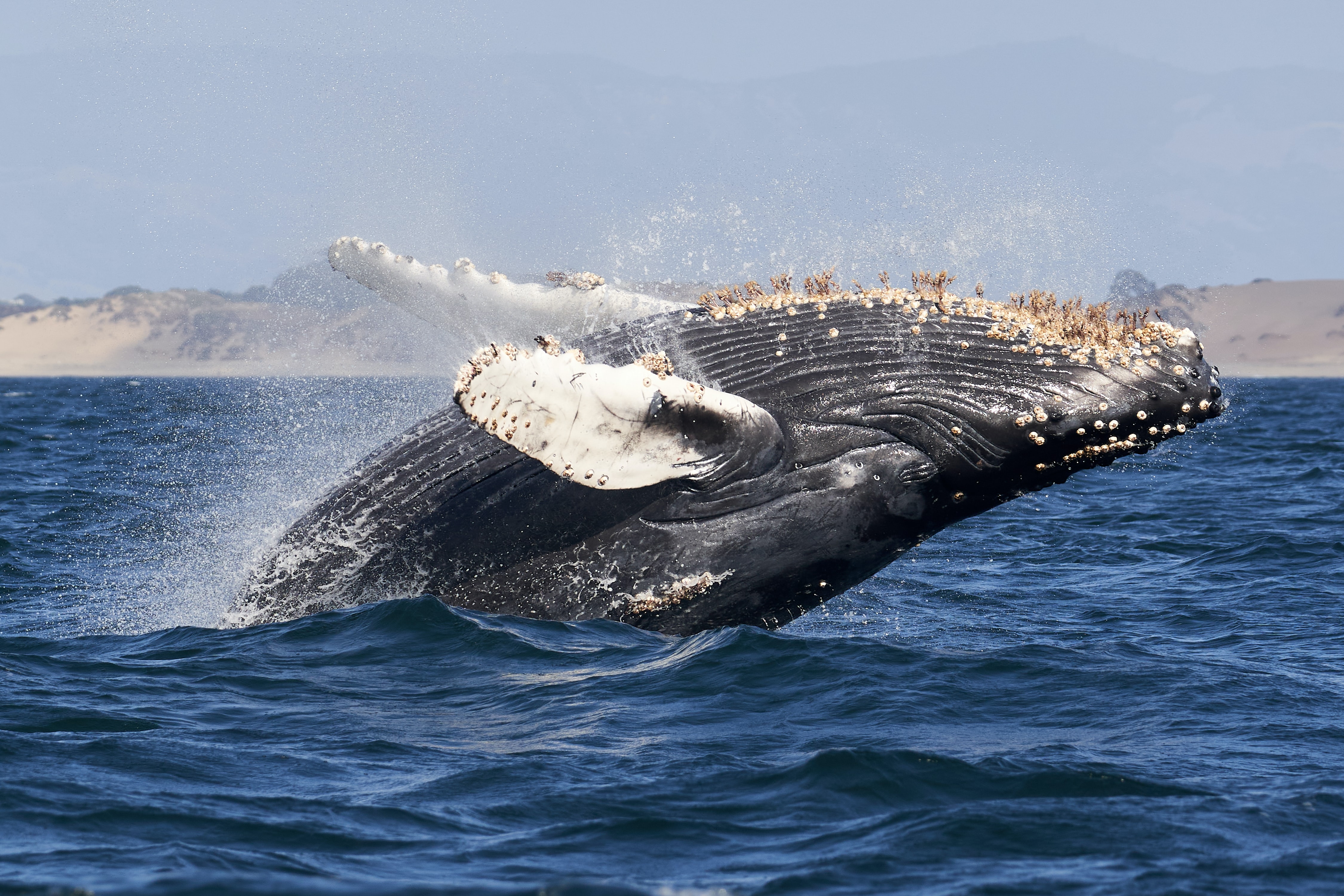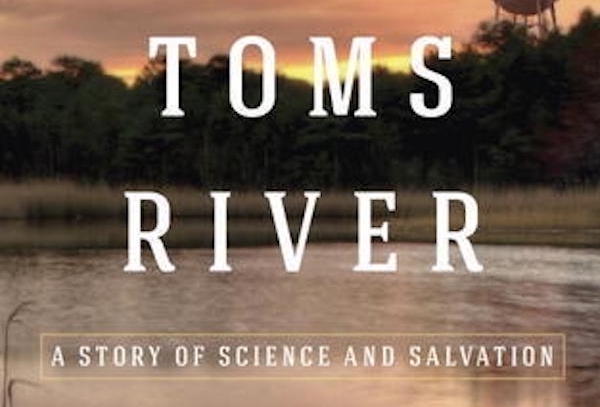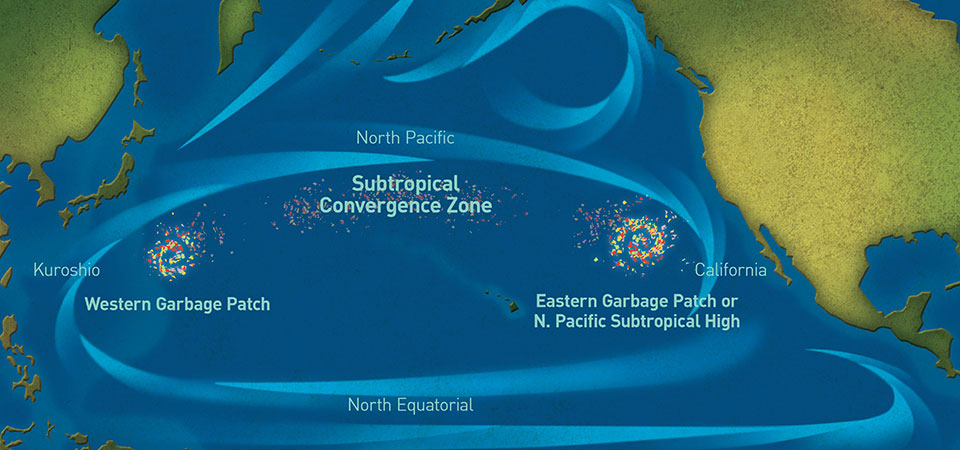Welcome to the Weekend Dispatch. Here are our top finds for Feb. 19.

"End Floating" by Saeed Mohammadzadeh | Instagram
01. Photographer pick: Saeed Mohammadzadeh
Saeed Mohammadzadeh is a photographer with a mission. He specializes in scenic landscapes and was named the Environmental Photographer of the Year in 2018 for his captivating yet horrifying photograph: "End Floating.” The image shows a ship on Urmia Lake in Iran where dams, irrigation projects and illegal wells have brought on a new wave of droughts. This has caused the lake to dry up, leaving behind large deposits of salt (with salinity levels reaching eight times higher than ocean water) that are killing habitats.
There are many more glorious photos to check out in his Instagram page — give him a follow at @saeedmohammadzadeh_!

Photo by Mike Doherty | Unsplash
02. Article pick: Whales and the plastics problem
Water covers over 70% of the earth’s surface. It’s the most basic requirement for survival and supports aquatic life and many ecosystems. So when the water gets polluted with oil, chemicals and toxic material, its residents are the first to suffer the consequences.
Plastic pollution is becoming marine wildlife's No. 1 killer, and the big and strong ones are no exception. This article not only reveals the affects plastic pollution has on whales and many other marine species but also how it is circling back to us, and really all life on earth. Did you know that throughout its lifetime, a single whale on average captures the same amount of carbon as 1,000 trees? Crazy!

"Toms River" by Dan Fagin
03. Book pick: Toms River
Book author Dan Fagin is a science journalism professor at New York University and a nationally renowned journalist on many environmental health topics. He uses his investigative reporting experience, years of historical research backed up by pages and pages of references, and a brave group of characters to create this eye-opening scientific detective narrative, “Toms River.” The book won the 2014 Pulitzer Prize for general nonfiction.
And just in case you’re not convinced, here’s a list of ways the book has been reviewed:
“A new classic of science reporting” (The New York Times)
“A gripping environmental thriller” (Kirkus Reviews)
“A crisp, hard-nosed probe into corporate arrogance and the power of public resistance” (Publishers Weekly)
“Required environmental reading” (The Philadelphia Inquirer)
"An absorbing and thoughtful navigation of our era of synthetic chemicals" (USA Today)
You can order it from Thriftbooks, Amazon, or any other seller listed here.

The Great Pacific Garbage Patch, also known as the Pacific trash vortex, spans waters from the West Coast of North America to Japan. Provided photo
04. Audio pick: The Great Pacific Garbage Patch
Garbage patches are large areas in the ocean where litter, fishing gear and other debris collects. They are formed by rotating currents called “gyres,” acting as big whirlpools that pull floating trash inward. There are five gyres in the ocean, one of which called the Great Pacific Garbage Patch.
The 126th episode of Making Waves from the National Oceanic and Atmospheric Administration's National Ocean Service invites someone from NOAA's Marine Debris Program on the show who has first-hand experience with this giant trash patch. In this quick 9-minute episode she discusses what exactly this patch of garbage is, common misconceptions, what we know and don't know and what people like us can do about it.
Give it a listen here!
